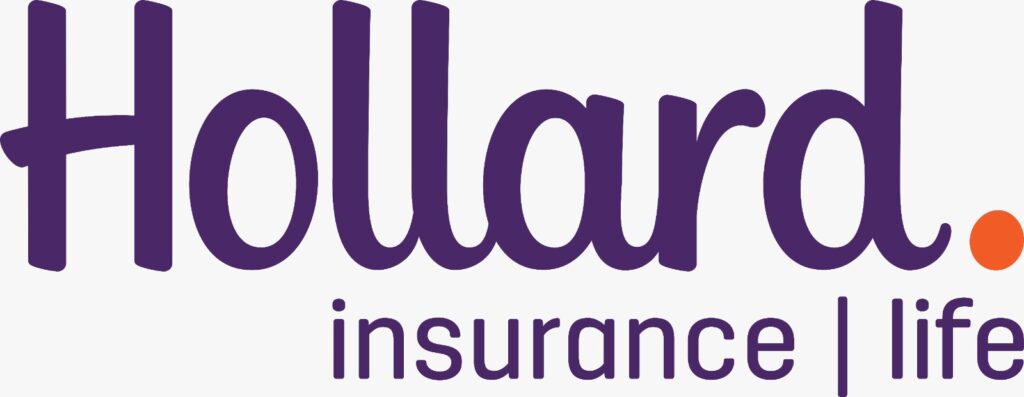
The allure of the marathon, a 42.2 km test of physical and mental fortitude, beckons many runners. But conquering this iconic distance requires more than just logging miles. A well-rounded training program lays the foundation for success, encompassing not only running but also strength training, proper nutrition, recovery strategies, mental preparation, and the strategic use of walking breaks.
Building Your Base: Mileage and Variation
The cornerstone of marathon training is mileage. Gradually increasing your weekly distance allows your body to adapt to the demands of the race. Start with a base mileage you can comfortably handle and progressively build from there. Most marathon training plans incorporate a “long run” each week, gradually extending the distance to simulate race day fatigue.
However, marathon training shouldn’t be monotonous miles on end. Include variety in your runs to prevent plateaus and keep your training engaging. Consider incorporating tempo runs, speed workouts, hill repeats, and fartlek sessions to improve various aspects of your running.
Walking Breaks: A Strategic Advantage
While maintaining a running pace is ideal, incorporating walking breaks into your training, especially during long runs, can be a surprisingly effective strategy. Here’s how they can benefit you:
- Reduced Fatigue: Walking breaks allow your heart rate to lower slightly, giving your cardiovascular system a brief reprieve. This can prevent burnout and allow you to maintain a stronger running pace for longer stretches.
- Improved Endurance: By strategically incorporating walking breaks, you can extend the overall duration of your long runs, building greater overall endurance for race day.
- Mental Toughness: Learning to manage fatigue and strategically integrate walking breaks builds mental resilience, a crucial component for conquering the marathon distance.
Important Considerations for Walking Breaks
- Plan and Practice: Decide on a walking break strategy beforehand. Will you walk for short intervals every few miles, or walk for longer periods less frequently? Practice your chosen strategy during long training runs to find what works best for you.
- Maintain Form: Even during walking breaks, maintain good posture and core engagement to prevent injury and promote efficient movement when you resume running.
- Listen to Your Body: Don’t be afraid to take walking breaks when you feel fatigued. Remember, the goal is to finish the marathon, not necessarily run the entire distance uninterrupted.
Building Strength: Beyond the Run
Strong muscles, particularly in your legs, core, and upper body, contribute to efficient running form, reduce injury risk, and improve overall stability. Include weight training sessions two or three times a week, focusing on exercises like squats, lunges, calf raises, rows, planks, and push-ups. Don’t forget core exercises to maintain proper posture and power transfer.
Fueling Your Journey: Nutrition for Performance
Nutrition plays a critical role in marathon training. Aim for a balanced diet rich in carbohydrates, complex proteins, and healthy fats to provide sustained energy. Experiment and find what works best for you during long runs and race day. Don’t underestimate the importance of proper hydration. Carry a water bottle or hydration pack on your runs and replenish fluids regularly, especially in hot weather.
Rest and Recovery: Recharging for Success
Just as important as training is recovery. Your body needs time to repair itself and rebuild muscle tissue after demanding workouts. Schedule rest days throughout your training program, allowing your body to recuperate and prevent burnout. Consider incorporating active recovery activities like yoga, light swimming, or foam rolling to promote circulation and aid recovery. Additionally, prioritizing quality sleep is crucial. Aim for 7-8 hours of sleep per night to allow your body to fully recharge.
The Mental Game: Preparing for Race Day
Marathon training is not just a physical endeavor, it’s a mental challenge as well. Visualize yourself succeeding, picture yourself crossing the finish line. Practice positive self-talk and develop strategies to manage fatigue and mental hurdles during long runs and race day. Consider practicing mindfulness techniques like meditation to manage race day nerves and stay focused.
Additional Tips:
- Invest in proper running shoes: Well-fitting, cushioned shoes designed for long distances provide optimal comfort and support.
- Cross-training: Activities like swimming or cycling can provide low-impact alternatives to running, maintaining fitness while giving your joints a break.
- Consult a coach or running expert: A qualified coach can create a personalized training plan tailored to your goals and experience level.
- Join a running group: Training with others can provide motivation, accountability, and a sense of community.
By incorporating these various elements into your marathon training program, you’ll be well on your way to conquering the 26.2-mile challenge. Remember, consistency, dedication, and a holistic approach are key to achieving your marathon goals. So lace up your shoes, fuel your body, and prepare to embark on your journey to marathon success!























